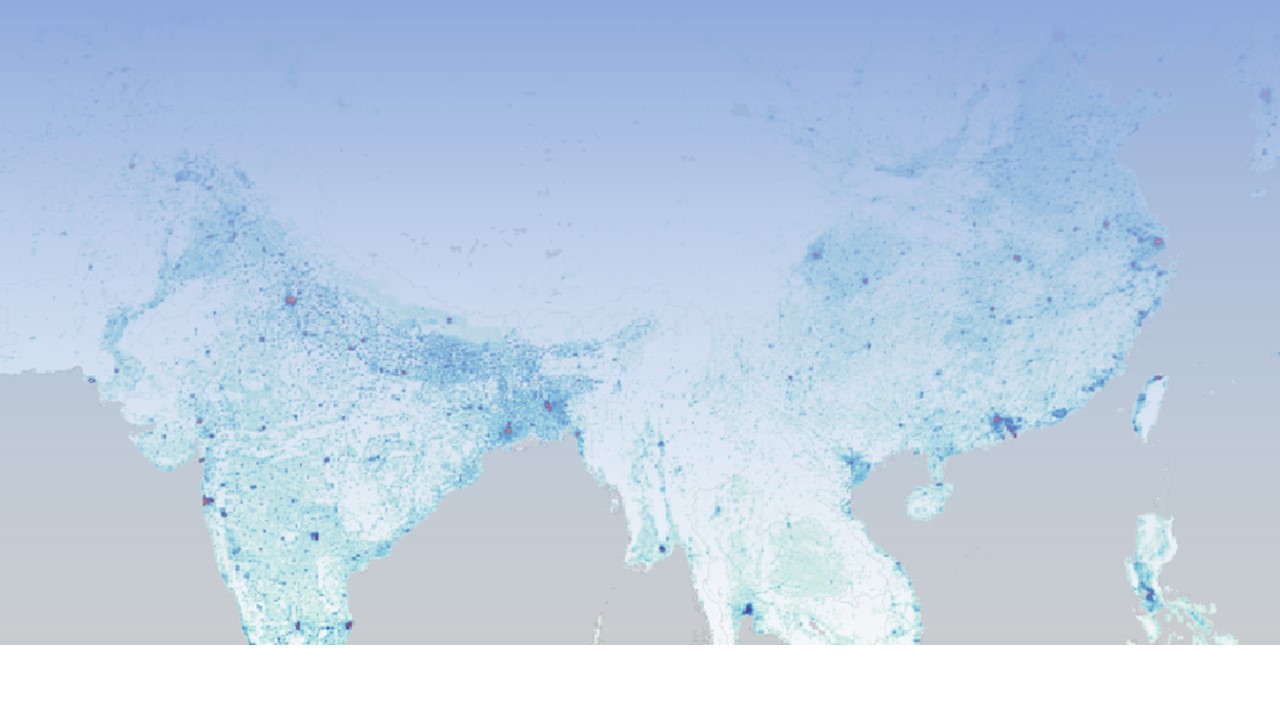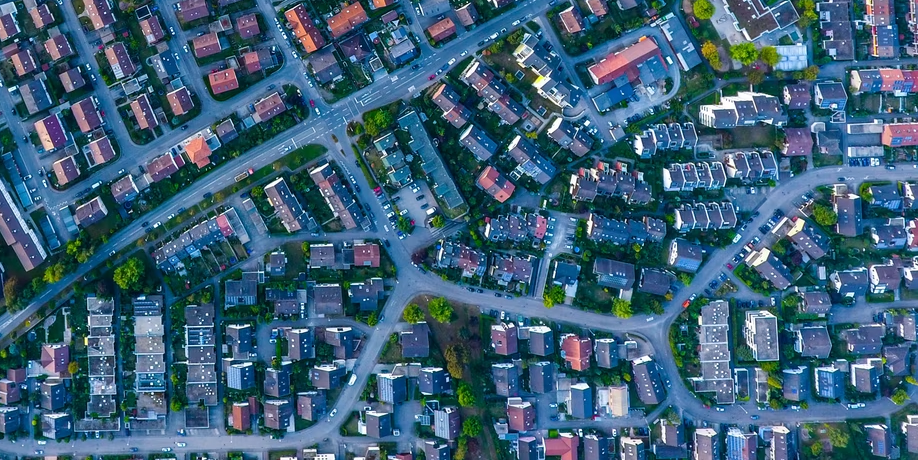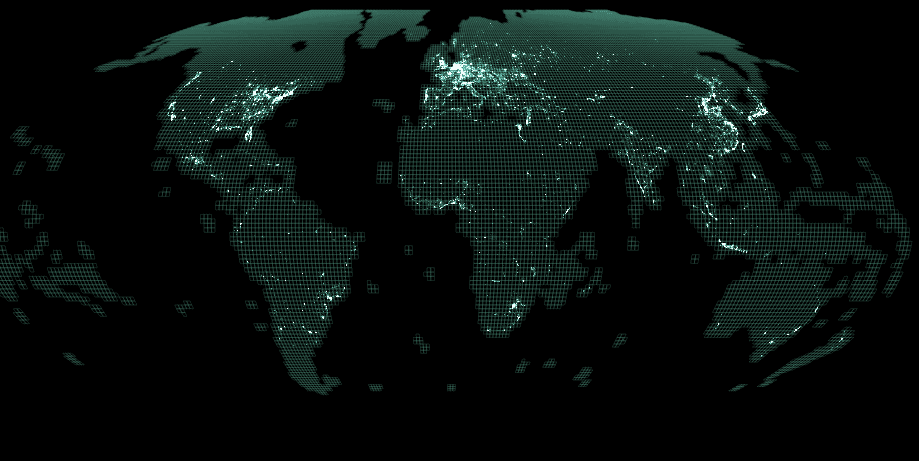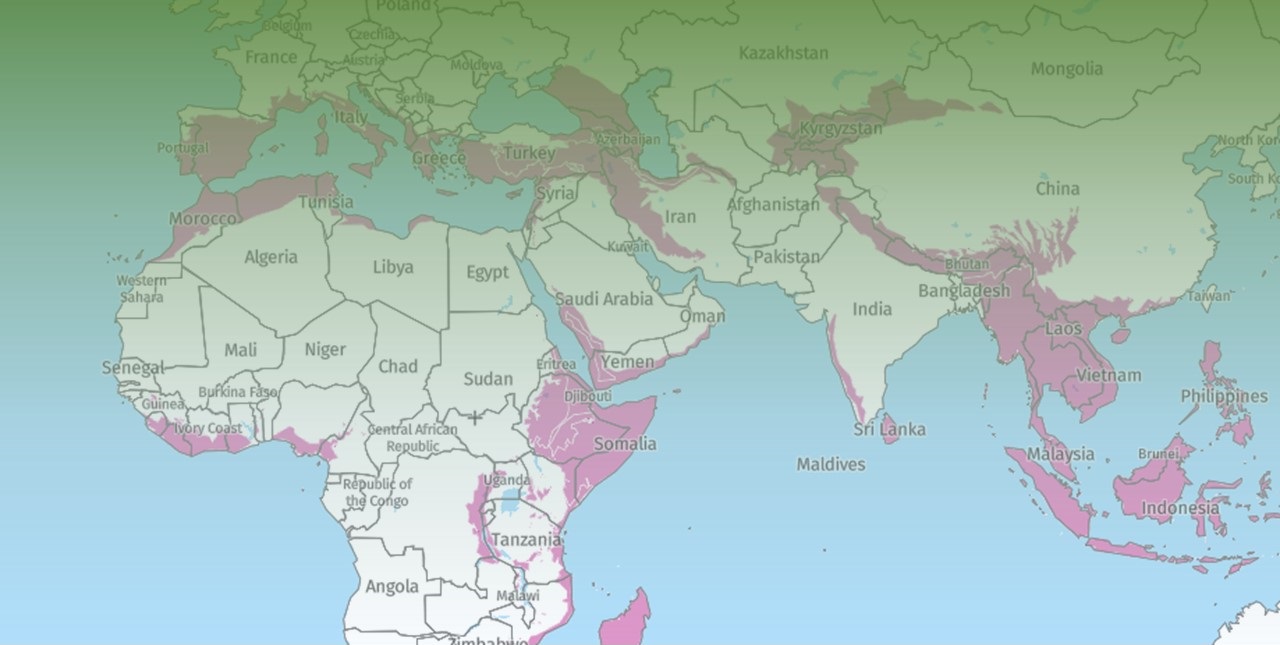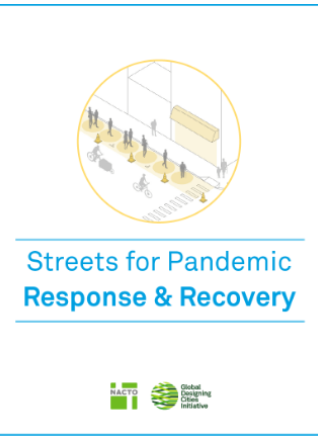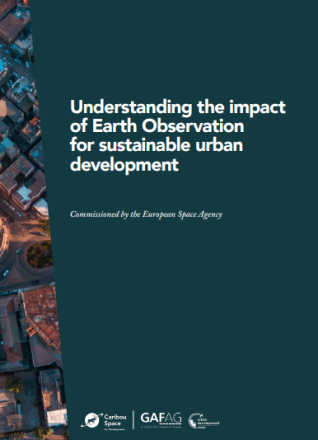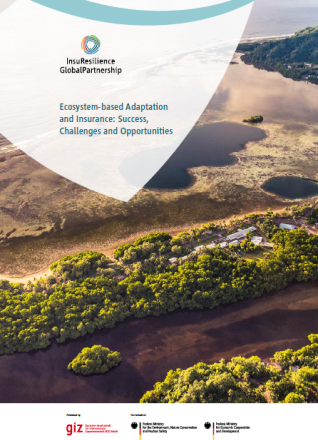City Overview
Lima, the capital city of Peru, is the country´s biggest and most populated urban area. Lima is in a desert coastal area, a very particular geographic setting. It is the second largest city in the world (after Cairo) established in a desert. A series of urgent issues have arisen with the city´s urbanization, including the control of contamination (air, water resources, noise); adequate urban planning; enhanced transportation system; scale up water distribution and sanitation system; increase green areas; response to food security needs; establish building codes and standards, efficient waste management; restore ecosystem services; and adapt the infrastructure to climate change. The project will increase the scope and depth of integrated urban sustainability management policies and processes, including institutionalization within the local and metropolitan governance structure. A core performance framework for local and global environmental benefits will be developed and implemented at the local level, thus to further improve local and global environmental sustainability. It will also focus on increasing investment flows to sustainable cities initiatives from national governments, sub-national governments, development partners, and the private sector. In addition, this project will help Peru enhance partnerships for sustainable cities at local, national, and global levels (through knowledge management, capacity building, and global coordination).

